My recent trip acquisition of fresh carabao meat led me to experiment on a dish that I grew up on and enjoy: pindang damulag. Without a specific recipe and hand and relying on hearsay, I decided to do some internet research and found that Thailand has several recipes using the same method: fermentation using rice. I learned that this kind of meat is prolific in Pampanga and Tarlac. My cousin’s wife used to tell me about the “good old days” when her lola would make pindang and let it ferment in plastic bags…I love sour stuff and I love tapa so it drove me to trying to make my own.
Although in my recipe, I chickened out of doing it the super traditional way (using just rice) to including some curing powder to ensure that I don’t get other unwanted bacteria growing on the meat. I have yet to make a recipe without the curing salt..I found this “tusino” curing salt in the grocery that says that the meat does not require refrigeration after it is used.
Though I didn’t want to make my pindang into this blood red tocino like thing, curing salt helps keep bad bacteria from going wild. I have yet to do the traditional way when I get totally comfortable with this one. Again, my recipe uses approximations, so you guys may want to adjust it to your specific taste profile:
My Homemade Pindang Damulag
1 kilo fresh carabao meat sirloin, washed & sliced, keep cool until ready to use
3 Tbsp crushed garlic
1/2 tsp pepper, ground
3 Tbsp brown sugar
1 tsp salt
1/4 tsp patis
1/2 cup glutinous rice flour
1/2 pack of “Tusino” curing powder
1 giant ziplock freezer pack
masking tape
1 large plastic container (to keep your pindang from stinking up the place)
1) Make sure all your bowls, utensils, are clean and dry.You may want to use some gloves.
2) In a bowl, mix the curing powder, pepper, salt, sugar, garlic and glutinous rice flour together. Add the carabao meat and massage all the ingredients together for about 5 minutes or until it is fully incorporated.
3) Keep all the contents in the ziplock bag and seal. Seal the top with masking tape. And put it in the plastic container.
4) Leave the plastic in room temp for 3 days. You will see that the contents will start to bubble inside. The smell must be of vinegar and not rotting! The plastic bag will start to accumulate lots of air by the 3rd day.
5) On the 3rd day, wash the marinade off the meat and keep in another ziplock in the freezer for storage.
Cooking your pindang:
1) Thaw out your frozen pindang.
2) Boil a bit of water in a pan and add the meats (like 1/4 cup or less depending on how many pieces you’ll be cooking), boil the meats until all the water evaporates. Let the water evaporate completely. If you use too much water, you might lose some of the flavor so keep the water minimal enough to just boil the meat for about 5 minutes.
3) Then add some oil in the pan and fry the meat pieces until it caramelizes and turns brown.
The flavor of the pindang does not require any sauce at all because it tastes slightly sweet, salty and of course sour. The complex flavor from the fermenting rice and sugar gives it a kind of “tuba” taste in the meat. I was surprised by the outcome. Again, with caution, the meat should not turn green and the bag of meat should smell fermented and not rotten. Hope you guys have the guts to try this out…it’s really good when done correctly! Let me know if you’ve tried it! Check out my pictures to see how mine was made.
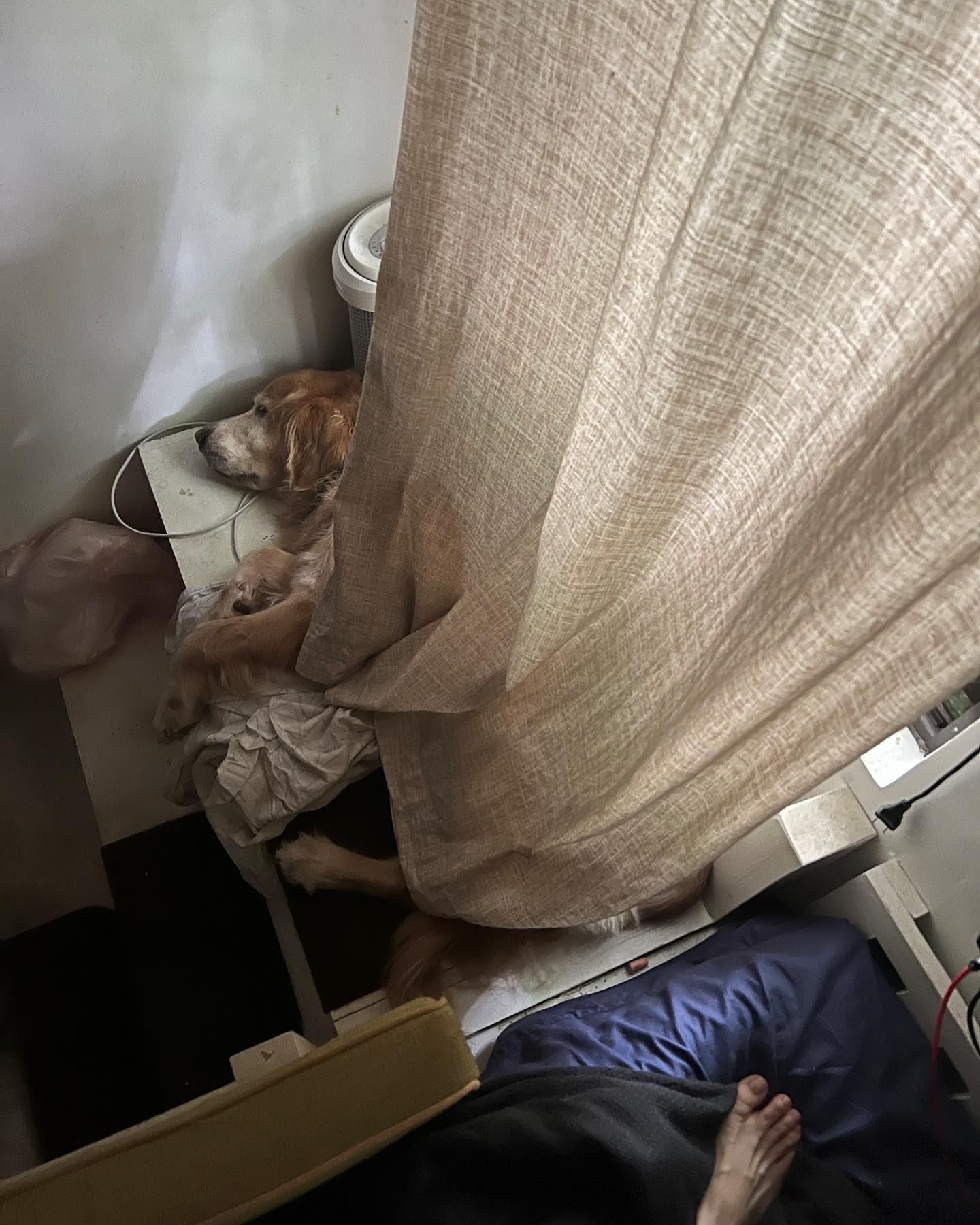
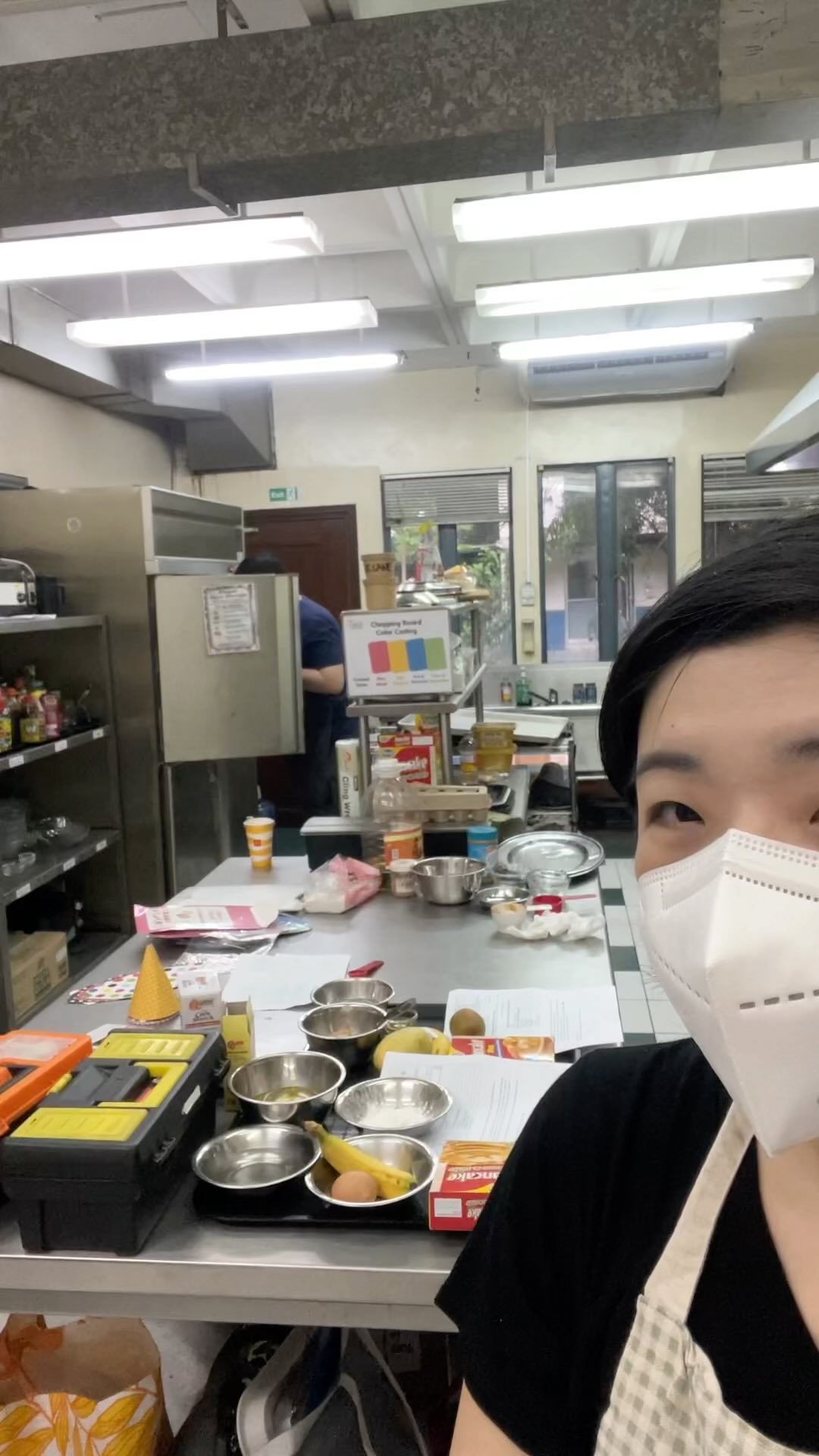



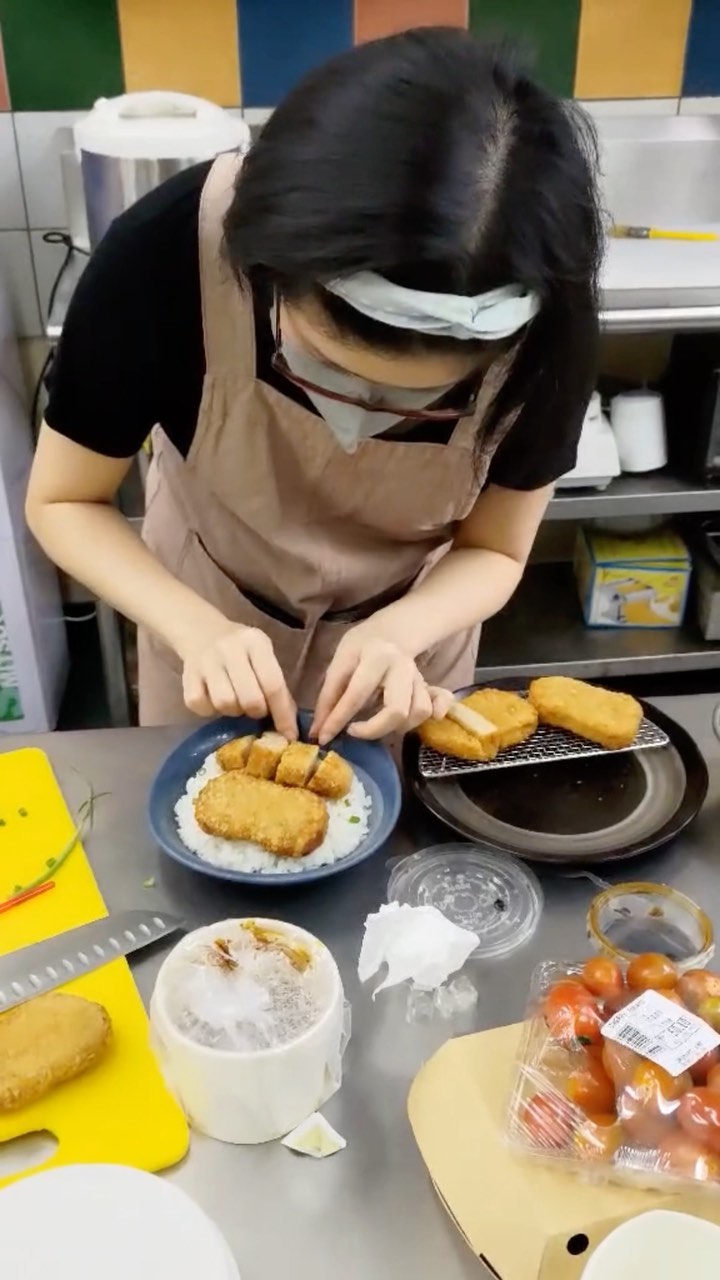









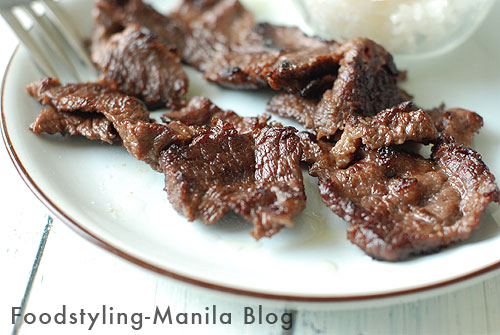

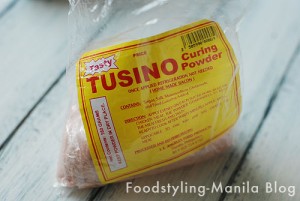
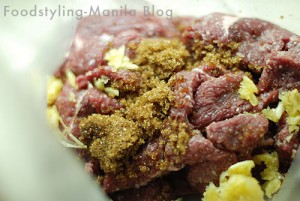
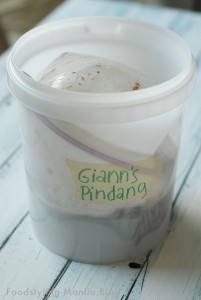

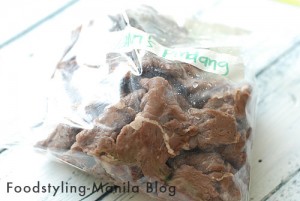

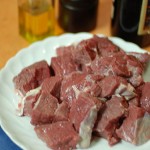
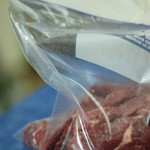
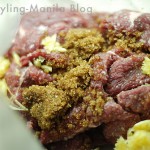
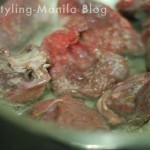
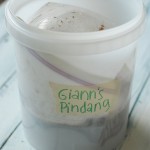
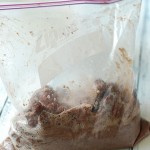

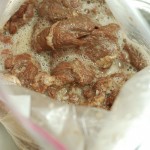
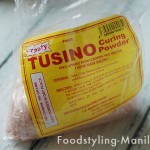
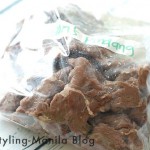
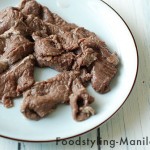
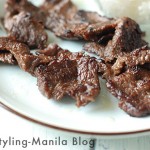
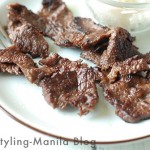

Hazel
i haven’t tried carabao meat yet!! this looks interesting 🙂
giannina
Heheh try it! If you’re doing the Pindang tho be very careful! :p
Ronald pineda
How much grams does that 1/2 pack of tocino curing salt contains?
Anonymous
I followed every instructions, but it turns out to be salty